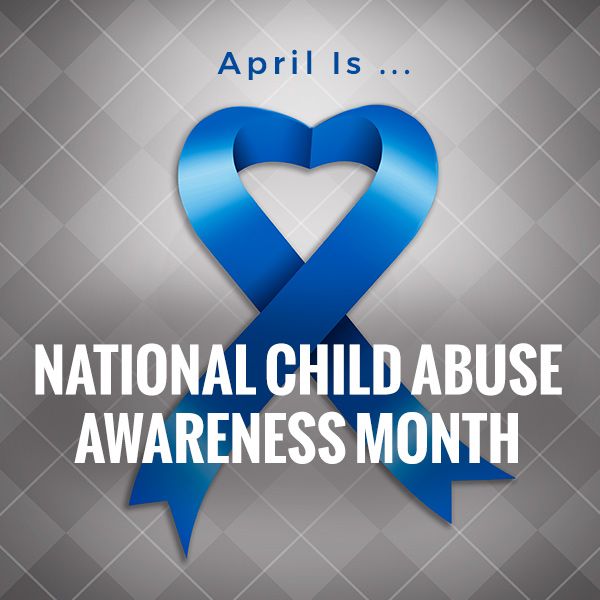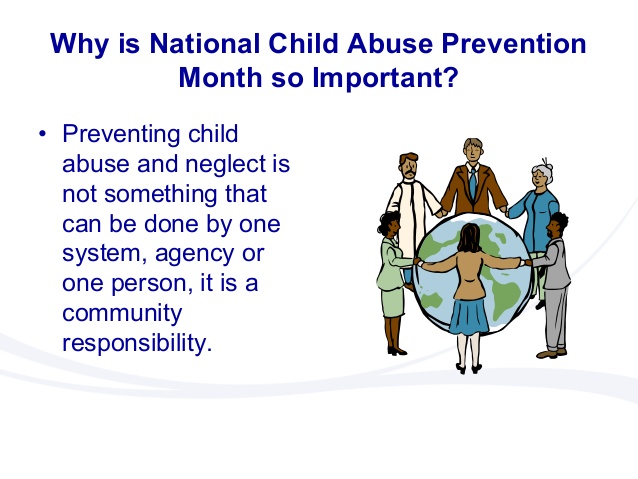Introduction
April is Child Abuse Prevention Month (and Neglect Prevention Month). Therefore, Straight, No Chaser, with the guidance of the Centers for Disease Control and Prevention, is offering up information and resources. Let’s increase you knowledge and offer better protection for the children you love. Children and families thrive when they have access to safe, stable, nurturing relationships and environments. Make a point of learning how to prevent child abuse and neglect before it begins!
Child Abuse Prevention

Facts about Child Abuse and Neglect
Child abuse and neglect are significant public health problems in the United States:
- In 2017, an estimated 1,720 children died from abuse and neglect.
- Also, about 674,000 children were identified as victims of child abuse or neglect by child protective service agencies in 2017.
- Furthermore, an estimated one in four children have experienced abuse or neglect at some point in their lives.
Child Abuse and Neglect Are Preventable

Children’s lives are shaped by their experiences, including what happens in their environment and the types of relationships they have with parents, teachers, and other caregivers. Children who experience abuse, neglect, and other adverse childhood experiences (ACEs) are also at increased risk for negative health consequences and certain chronic diseases as adults. Safe, stable, nurturing relationships and environments are essential to preventing child abuse and neglect. Additionally, policies and programs that are supportive of children and families can help prevent such abuse and neglect.
Resources for Prevention

CDC works to prevent child abuse and neglect before it begins.
- CDC’s technical package, Preventing Child Abuse and Neglect: A Technical Package for Policy, Norm, and Programmatic Activities Cdc-pdf[3.9 MB] can help states and communities prevent child abuse and neglect. The technical package is a collection of strategies that represent the best available evidence and supports CDC’s Essentials for Childhood framework.
- The Essentials for Childhood Framework Cdc-pdf[5.5 MB] includes strategies to promote relationships and environments that can help create neighborhoods, communities, and a world in which every child can thrive.
- Essentials for Parenting Toddlers and Preschoolers is a free, online resource that is also available in Spanish. It provides a unique opportunity to receive evidence-based parenting information from a trustworthy source—CDC.
Visit CDC’s VetoViolence website for free violence prevention trainings, tools, and resources.
There’s More!
Visit these Straight, No Chaser posts for more information on Child Abuse
Follow us!
Ask your SMA expert consultant any questions you may have on this topic. Also, take the #72HoursChallenge, and join the community. Additionally, as a thank you, we’re offering you a complimentary 30-day membership at www.72hourslife.com. Just use the code #NoChaser, and yes, it’s ok if you share!
Order your copy of Dr. Sterling’s books There are 72 Hours in a Day: Using Efficiency to Better Enjoy Every Part of Your Life and The 72 Hours in a Day Workbook: The Journey to The 72 Hours Life in 72 Days at Amazon or at www.jeffreysterlingbooks.com. Another free benefit to our readers is introductory pricing with multiple orders and bundles!
Thanks for liking and following Straight, No Chaser! This public service provides a sample of http://www.SterlingMedicalAdvice.com (SMA) and 844-SMA-TALK. Likewise, please share our page with your friends on WordPress! Also like us on Facebook @ SterlingMedicalAdvice.com! Follow us on Twitter at @asksterlingmd.
Copyright ©2013- 2019 · Sterling Initiatives, LLC · Powered by WordPress











![physical_2[1]](https://e2wefe.p3cdn1.secureserver.net/wp-content/uploads/2013/08/physical_21.jpg?w=300&h=225)




















![physical_2[1]](https://e2wefe.p3cdn1.secureserver.net/wp-content/uploads/2013/08/physical_21.jpg?w=300)





